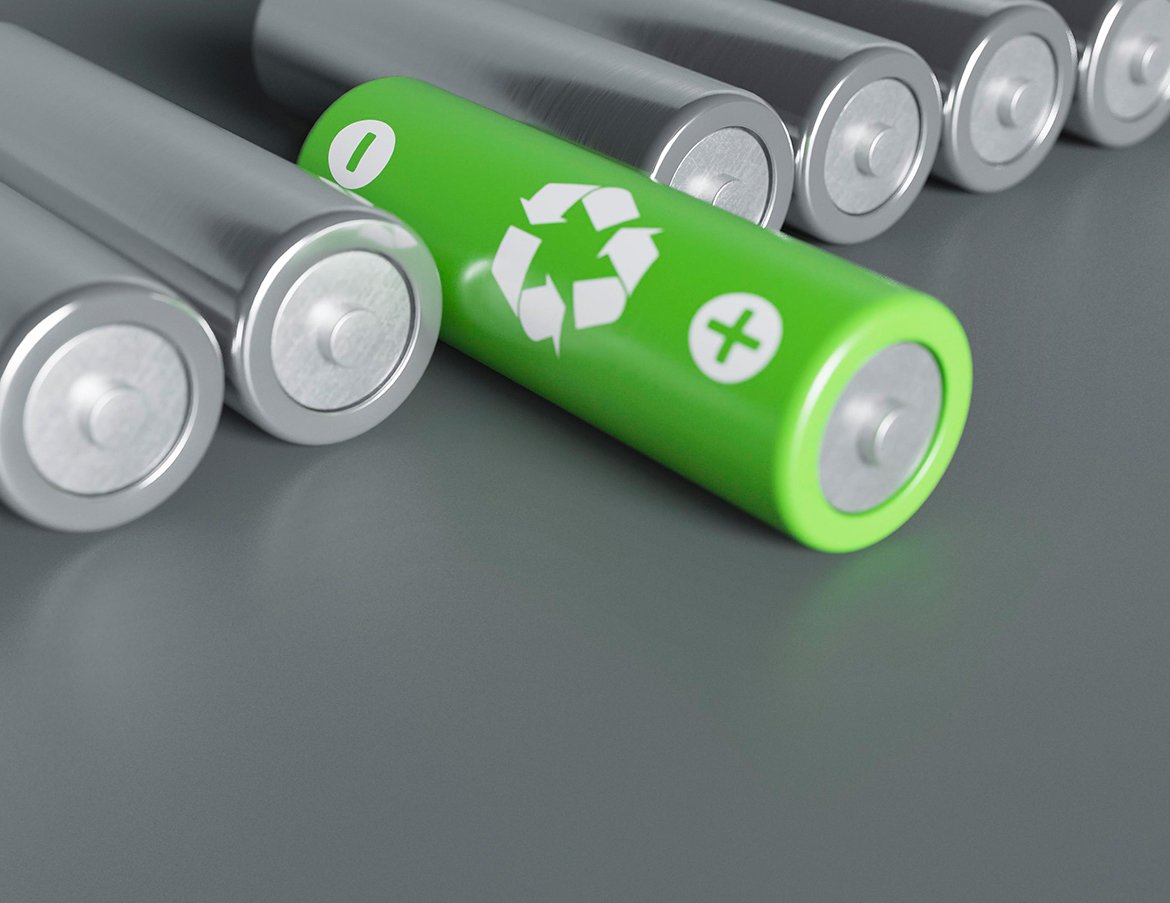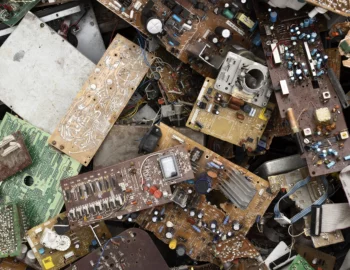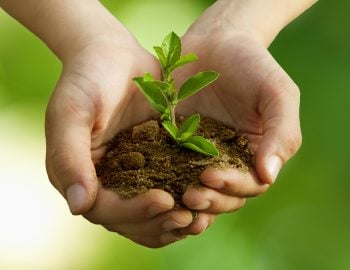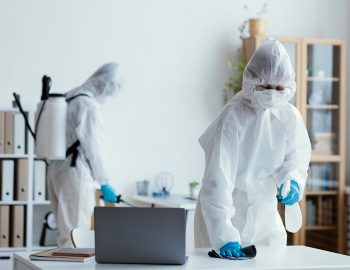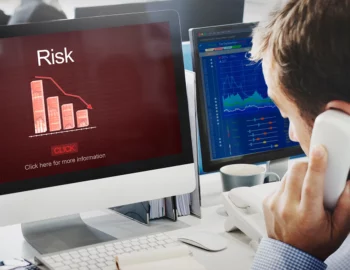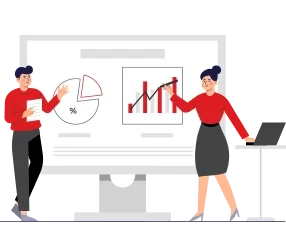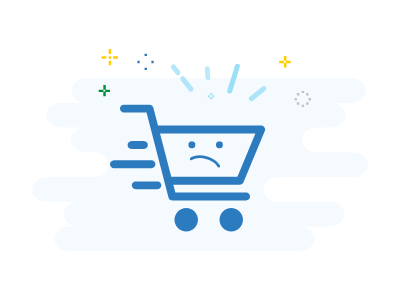Similar to other Stewardships that refers to responsible management of a product through its life stage, the Battery Stewardship is developed to cover the entire supply chain from design through to its end of life.
Two pathways were introduced in the briefing that was presented by the Department of Environment and Energy in February 2018. It was about the inclusion of the batteries in the National Televisions and Computer Recycling Scheme (NTCRS) and also establishment of a new voluntary scheme and authorised by the Australian Competition, and Consumer Commission (ACCC), and consequently, the Battery Stewardship Council (BSC) was informed. In 2021, the scheme has been authorised by the ACCC, and the BSC operational design has been initiated with the following objectives:
- Increase resource recovery and recycling
- Minimise the environmental, health and safety impacts of end-of-life batteries generated in Australia
- develop Australia’s battery recycling industry and markets for battery derived products
There are many stewards playing their own role in the Battery stewardship. These stewards are listed in the various sectors:
- Production Sector: Battery Designers, Battery Manufacturers, Battery Importer
- Distribution Sector: Retailers, Consumers, Collection Points
- Recycling Sector: Recyclers (Collectors), Recyclers (Processors)
- Support Organisations: Research Organisations, Government
For the stewards listed above and depending on their roles, there are different specific accreditation obligations introduced for them. Confirming to BSC approved standards such as AS 5377, ISO 14001, and/or ISO 45001 is one of these accreditation obligations that has been introduced to the Recycling sectors that includes Collectors and Processors as Logistics Providers, Sorting Providers and Onshore Processors.
The AS/NZS 5377 (also mentioned as AS 5377) standard was prepared by the Joint Standards Australia/Standards New Zealand Committee EV-019, E-waste and published in February 2013. This standard outline the minimum requirements for the safe and environmentally sound collection, storage, transport and treatment of end-of-life electrical and electronic equipment, known as E-waste, in order to maximise re-use and material recovery, reduce or eliminate the amount of waste from this equipment going to the final point of disposal operations such as landfill, safeguard worker health, and minimise harm to the environment.
ISO 14001, Environmental Management System, as one of the most popular management system standards, was republished in 2015 as the first standard which restructured based on High-Level Structure (HLS) aligned with ISO 9001, quality management system standard.
ISO 45001, the world’s most anticipated standard for workplace health and safety (WHS) systems, was published in 2018, aligned with ISO 9001:2015 (Quality Management System) and ISO 14001:2015 (Environment Management System), which have been designed based on High-Level Structure (HLS).
Get in contact today
If you’re interested in learning more about how ISO Consulting Services can assist with your accreditation obligations, submit an application form today. Alternatively, you can get in contact to discuss your options further with someone from our team.
Our expertise is to help our clients develop, implement, certify and maintain their management system through a hassle-free process and with a…
Read MoreThe National Disability Insurance Scheme (NDIS) provides about 460,000 Australians under the age of 65 with a permanent and significant disability with…
Read MoreAs the aged population is growing in Australia, the need for a range of care, accommodation, hospitality, and other services is undeniable. To address this growth…
Read More
